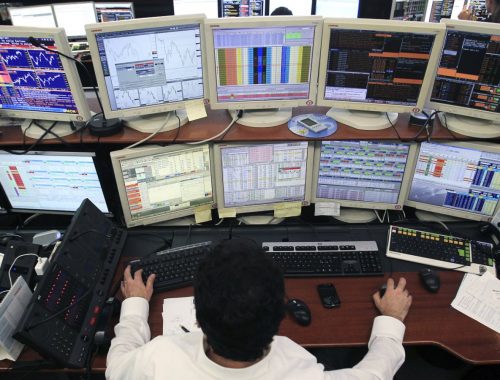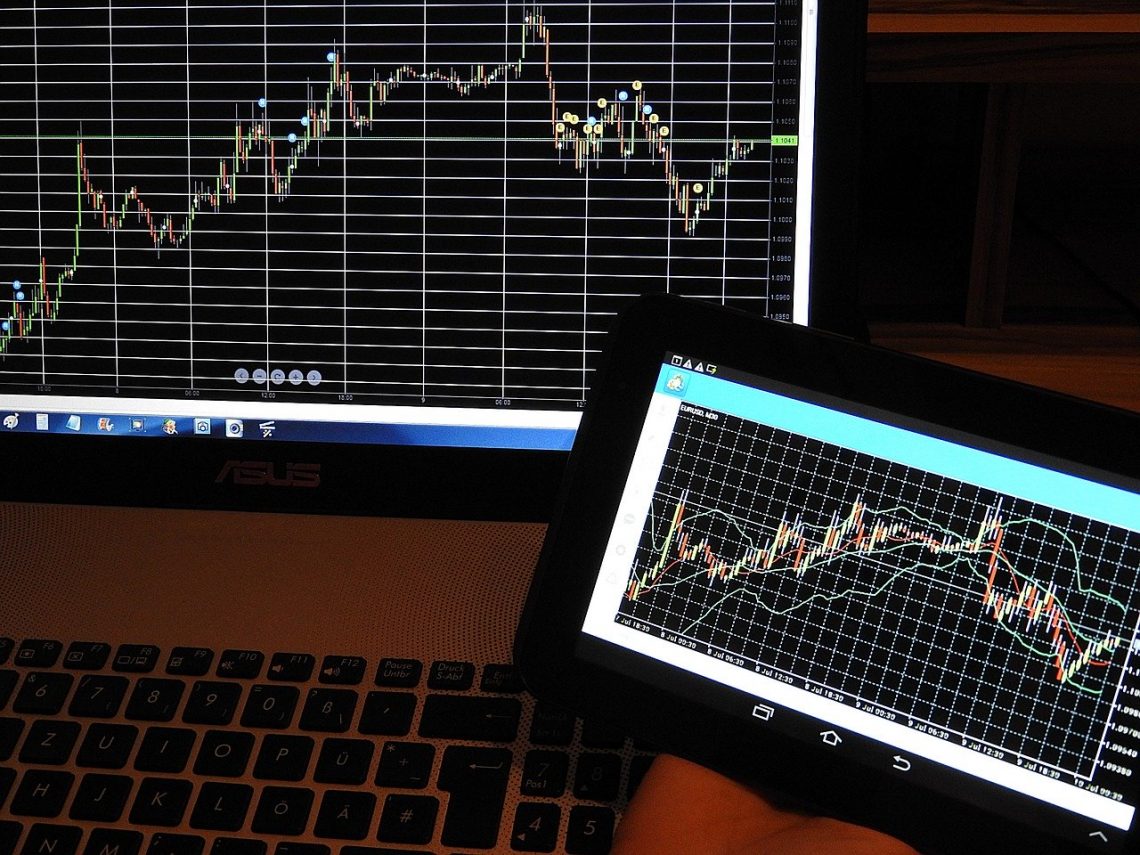
What is the Parabolic SAR?
The Parabolic SAR (Stop And Reverse) was developed by J. Welles Wilder Jr. and is described in his book New Concepts in Technical Trading Systems.
This is a time/price indicator, first introduced by Wilder and the term ‘parabolic’ comes from the shape of the curve (resembling a parabola) created on the chart.
Sometimes called a reversal system, the Parabolic SAR allows the trader to follow the dots (stop and reverse level) in an upward or downward trend until a SAR point is reached and the trend reverses.
It is primarily used in trending markets and is based on always having a position in the market. This is where the term ‘SAR’ comes from – stop and reverse.
The indicator may also be used to determine stop points and to estimate when to reverse a position and take a trade in the opposite direction.
Parabolic SAR is more popular for setting stops than for establishing direction or trend.
Wilder recommended establishing the trend first and then trading with Parabolic SAR in the direction of the trend.
The interpretations in brief are:
- If the trend is up, buy when the SAR moves below the price. This will be the stop level below the current price, which will move up every day (if trading daily bars) until activated (when price falls to the stop level).
- If the trend is down, sell when the SAR moves above the price. This will be the stop level above the current price, which will move down every day until activated (when price rises to the stop level).
Example of what PSAR looks like:
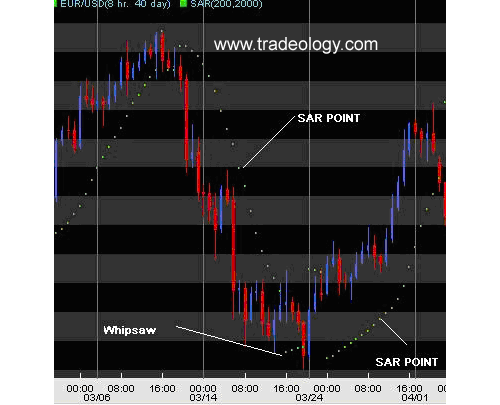
How it works
The first entry point on the buy side is considered when the most recent high price has been broken and it is then that the SAR will switch to under the most recent low price.
As the price rises the dots will rise as well, first slowly and then picking up speed and accelerating with the trend. This is the acceleration factor. The SAR level starts to move a little faster as the trend develops and the dots soon catch up to the price action.
Presuming there is an uptrend, the dots (SAR Level) will be below price. As time goes on the distance between the price and the SAR level will decrease, until eventually the market will pullback and touch the SAR level. When this happens the SAR Level (dots) will move to above the price.
The main drawback to this indicator is that although it works extremely well in markets with a dominant trend, it fails miserably in horizontal or choppy markets.
Another downside is that when price does not develop consistent trends, it creates a jerky SAR which makes it difficult to enter and exit.
The following example illustrates the above characteristic:
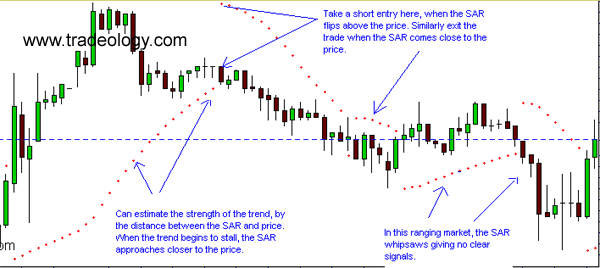
It is beyond this lesson to give the exact calculation of the acceleration factor and it is not really necessary to know the formula as most charting services now incorporate the system in their indicator range.
My Use Of SAR
So far so good. The indicator is simple to trade and is very visual so it’s easy to know when you should be short or long. If the SAR points (dots) are above the market you should be short and if they are below the market you should be long.
Here’s the problem as I mentioned before, as a stand alone method it does not perform well.
Now you may be asking, if there is so much whipsaw and the method isn’t reliable, why mention the indicator at all? Good question and here are two reasons I still like to look at the indicator.
The indicator can be very effective if a filter of some sort is used. In the example below of the eur/jpy, I have used a MACD as a filter. If we were long the market, then only long signals would be taken and the short signals ignored as long as the filter (MACD in this case) has given a buy signal and remains in buy.
If a short signal is triggered but the filter (MACD) remains in buy, you could close the position and wait for the next long signal. The reverse is true for short positions.
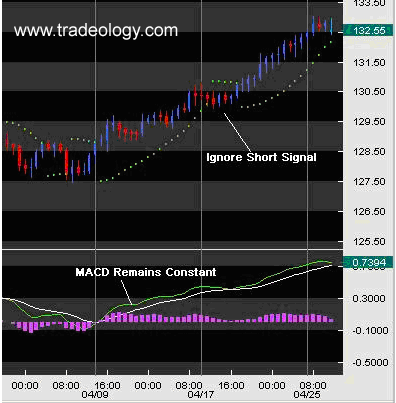
You could use any oscillator you feel comfortable with or even trend lines.
Another very good use of SAR indicator is for placing your stop loss. Sometimes it can be very difficult to find a good place to put your stop.
With the SAR indicator you will always know exactly where to place a stop and because it accelerates every day it helps you lock in profits.
It also gives the move enough room for market corrections without taking you out of the position.
I like this particular method if I have a long-term position, which I only want to check once a day.
I can quickly check how the position is performing and then move my stop accordingly.
I am sure you can find many other uses for the SAR indicator and its well worth playing around with the parameters to see if it can be added to your trading arsenal.
Good Trading

Where To Place Your Stop Loss
You May Also Like

Why Do You Want To Trade?
12 May 2020
Fundamental and Technical Analysis
11 May 2020